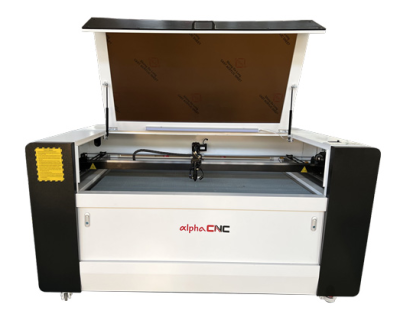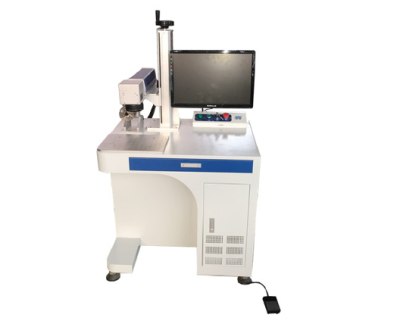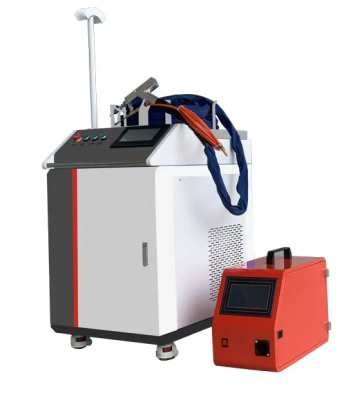Fiber Optic Welding Machine
A fiber optic welding machine is a specialized device used in the telecommunications industry for fusion splicing of optical fibers. It enables the creation of low-loss connections, ensuring efficient transmission of light signals in fiber optic networks.
A fiber optic welding machine, also known as a fusion splicer, is a device used to join optical fibers together. It is commonly used in the telecommunications and networking industries for splicing fiber optic cables.
The main purpose of a fiber optic welding machine is to create a low-loss connection between two optical fibers. This is achieved through a process called fusion splicing, where the ends of the fibers are precisely aligned and fused together using heat. The result is a permanent bond that allows for efficient transmission of light signals with minimal loss or attenuation.
Fusion splicers typically consist of a work platform where the fibers are placed, a splicing chamber, and electrodes that deliver the heat required for fusion. The machine also includes a high-resolution microscope or camera system to aid in fiber alignment and visualization during the splicing process.
To use a fiber optic welding machine, the operator prepares the fiber ends by stripping off the protective coatings and cleaning them. The fibers are then carefully aligned and placed inside the splicing chamber. The machine delivers a controlled amount of heat to melt the fiber ends, allowing them to fuse together. After the fusion process, the machine applies pressure to ensure a strong and stable connection.
Fiber optic welding machines are equipped with software that helps to precisely control the fusion process and provide user-friendly operation. The software also offers analysis and quality control features, allowing for verification and validation of the spliced fibers.
It is essential to follow proper safety precautions when operating a fiber optic welding machine, as it involves the use of high heat and potentially harmful laser radiation. Protective gear, such as safety glasses and gloves, should be worn to prevent exposure.

Related Products
Submitted successfully
We will contact you as soon as possible




